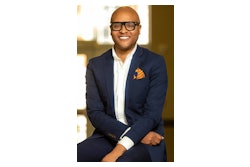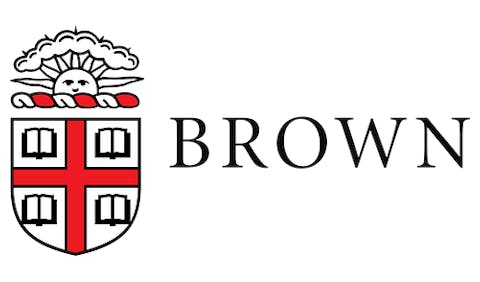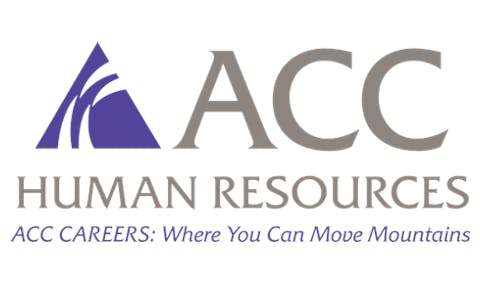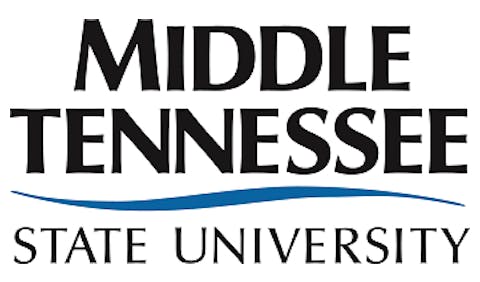 Dr. JT Torres
Dr. JT Torres
She was inspired by recent workshops and publications advocating for culturally responsive pedagogies, approaches that seek to make learning concrete, evoke emotion, and connect historical content to students’ lived realities.
But by the following week, she was on administrative leave.
Some parents expressed outrage. One called the lesson “retraumatizing,” another said it “evoked so many deeply hurtful things about this country.” The incident spread rapidly, picked up by conservative media outlets as another example of DEI (diversity, equity, and inclusion) gone wrong in the classroom. The teacher issued an apology, and the school later acknowledged that while the lesson was pulled from “reliable sources,” it “was not culturally responsive and had the potential to cause harm.” The San Francisco Chronicle covered the full controversy here.
Even when we try to do everything right, teaching is hard. Inclusive teaching? That’s harder still.
To make matters worse, our missteps — especially when they touch on race, identity, or systemic injustice — don’t always stay in the classroom. In today’s political climate, they can be distorted, weaponized, and used in broader attacks on DEI efforts. Unfortunately, much of the conservative framing — that attempts to be more inclusive in our teaching will include flaws — is in fact a reality. The political motivations behind these attacks deserve serious scrutiny, but they are beyond what we can control in the classroom and what we must come to understand more clearly.
While inclusive learning is a science, inclusive teaching is more like a performance art.


















